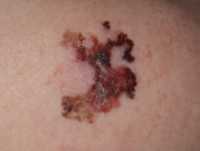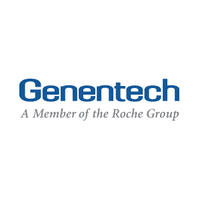More Cancer Research on MedicalResearch.com
MedicalResearch.com Interview with:
Erin E. Hahn, PhD, MPH
Research Scientist
Southern California Permanente Medical Group
Kaiser Permanente Research
Department of Research & Evaluation
Pasadena, CA 91101
Medical Research: What is the background for this study?
Dr. Hahn: Adolescent and young adults, or AYAs, who are diagnosed and treated for Hodgkin lymphoma have very high overall survival rates. However, these patients are at high risk for short and long term health issues related to their cancer treatment, including cancer recurrence, cardiac and pulmonary problems, and developing new primary cancers. Some of these issues arise during treatment and persist over time, called long-term effects, and some develop years later, called late effects.
Evidence and consensus based guidelines are available from organizations like the National Comprehensive Cancer Network and the Children’s Oncology Group to help manage the post treatment care of Adolescent and young adults Hodgkin lymphoma survivors. Examining adherence to guidelines is an important part of high quality care, and can help us find and address gaps in care.
Guideline recommended care for these patients includes: oncology visits, imaging and labs, preventive care, counseling and education, risk based screening for late effects. Risk-based screening is based on a patient’s treatment. The type of health screening a patient needs is determined by the treatment exposure they had, such as certain types of chemotherapy or high-dose radiation that have known late effects
Medical Research: What are the main findings?
Dr. Hahn: For this pilot study, I was interested to see if post-treatment Adolescent and young adults
Hodgkin lymphoma patients in an integrated health care system received recommended short and long term care. The study setting is Kaiser Permanente Southern California (KPSC). KPSC provides care for almost 4 million members with 14 medical centers, and they have a long-standing electronic medical record.
For our population, we included AYA patients diagnosed with classical Hodgkin lymphoma between 15 and 39 years of age, diagnosed between 2000 and 2010. We wanted to find patients who were diagnosed, treated, and followed for at least 2 years within this single system. We have a sample of 354 patients, which is great. It has been traditionally difficult to find and follow these patients/obtain accurate medical information that isn’t only self-report data. We were able to extract chemotherapy, radiation, and other care details from the electronic medical record.
We first looked at receipt of short term recommended care, within the first year after treatment had ended. We looked specifically at oncology visits, use of recommended CT scan and lab tests, and preventive care, such as the flu vaccine. The great majority of patients had the recommended oncology visits, CT scan, and lab tests. However, receipt of the flu vaccine was lower, at 20%. When we looked at a composite measure of all 4 recommended services, only about half of the patients received all four recommended services within the first year after treatment.
We also looked at use of a longer term recommended service for cardiac issues. Cardiac screening is recommended for patients who are 10 years out from their treatment and who received high-dose anthracyclines, plus radiation to the chest. This is the highest risk group for cardiac damage. Almost everyone received annual blood pressure screening, but only about 30% received screening with an electrocardiogram, echocardiogram, or MUGA scan.
(more…)



















